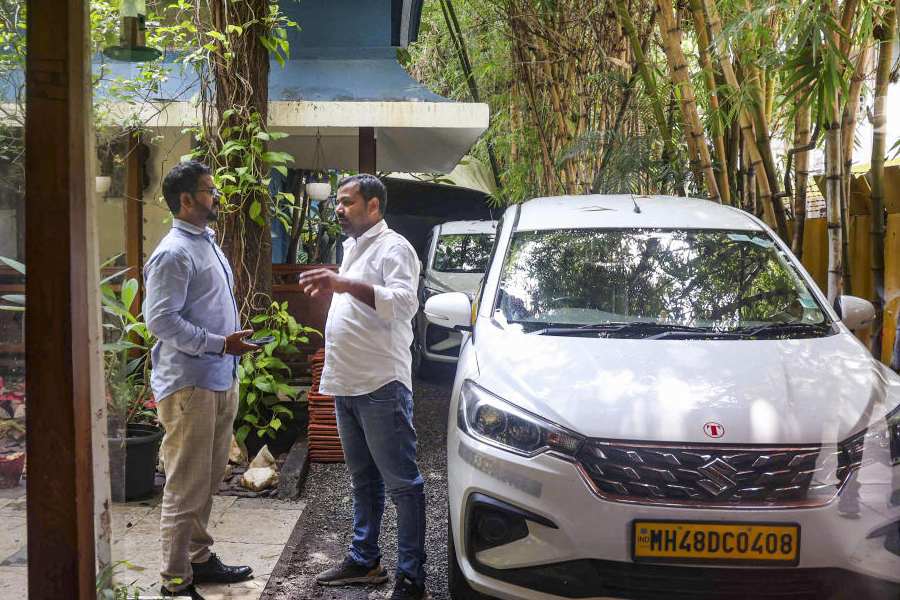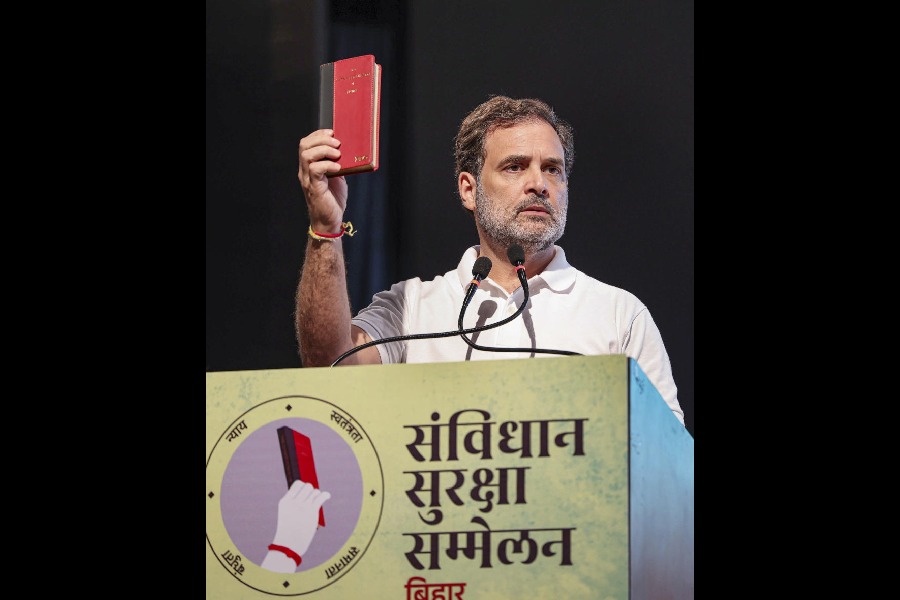 |
| From November, only solar-powered lamps can be used to illuminate billboards after 10pm. Picture by Pradip Sanyal |
Come November, billboards cannot be illuminated by conventional lamps beyond 10pm, the state environment department announced on Wednesday.
The step is expected to save at least 2MW of electricity in and around Calcutta every day, thus reducing the city’s carbon footprint.
Advertisers can, however, keep billboards lit throughout the night using solar panels and lamps. Last month, the department had issued another order making solar power mandatory for illuminating new billboards.
According to an estimate submitted to the department by the association of outdoor advertisers, about 4,000 billboards in the city are illuminated from early evening to at least midnight daily, consuming 4MW to 5MW of energy.
Insiders said the actual number of billboards — and hence the energy consumption — was higher.
The directive issued by environment secretary M.L. Meena on Wednesday — before he joined Calcutta Port Trust as chairman — stipulates that billboards can be illuminated for four hours in summer months and five hours in winter.
The directive also makes it mandatory for advertisers to replace halogen lamps with 200 watt metal lamps, which consume much less electricity, and bars the use of polluting generators to illuminate billboards.
“The department has asked the state pollution control board to set up two committees. One of the committees will file a report within three months regarding the feasibility of using solar lights for billboards,” said the chief law officer of the department, Biswajit Mukherjee.
“The other committee will draw up an overall billboard installation policy, akin to the one in Andhra Pradesh, which has also decided to go solar,” added Mukherjee.
The department would decide whether solar lights should be used to illuminate all billboards on the basis of the recommendations of the panel.
On May 26, the department had issued an order directing all billboards to switch from conventional to solar energy by December. This directive has now been kept in abeyance till the panels file their reports.
“We have reservations about the use of solar lights for billboards. Our information and the feedback from Delhi where such technology has been used, suggest the level of illumination using solar energy is not adequate. However, we have no problem in adhering to the prescribed time limit,” Nirmal Thakur, the secretary of the Calcutta Outdoor Advertising Association, told Metro.
Alternative energy expert Santipada Gon Choudhury said there was no technological bar in using solar-powered lamps for billboards without compromising on the illumination level.










